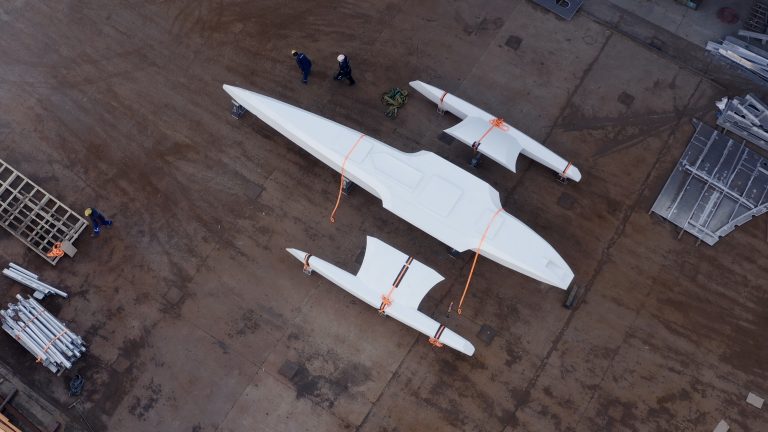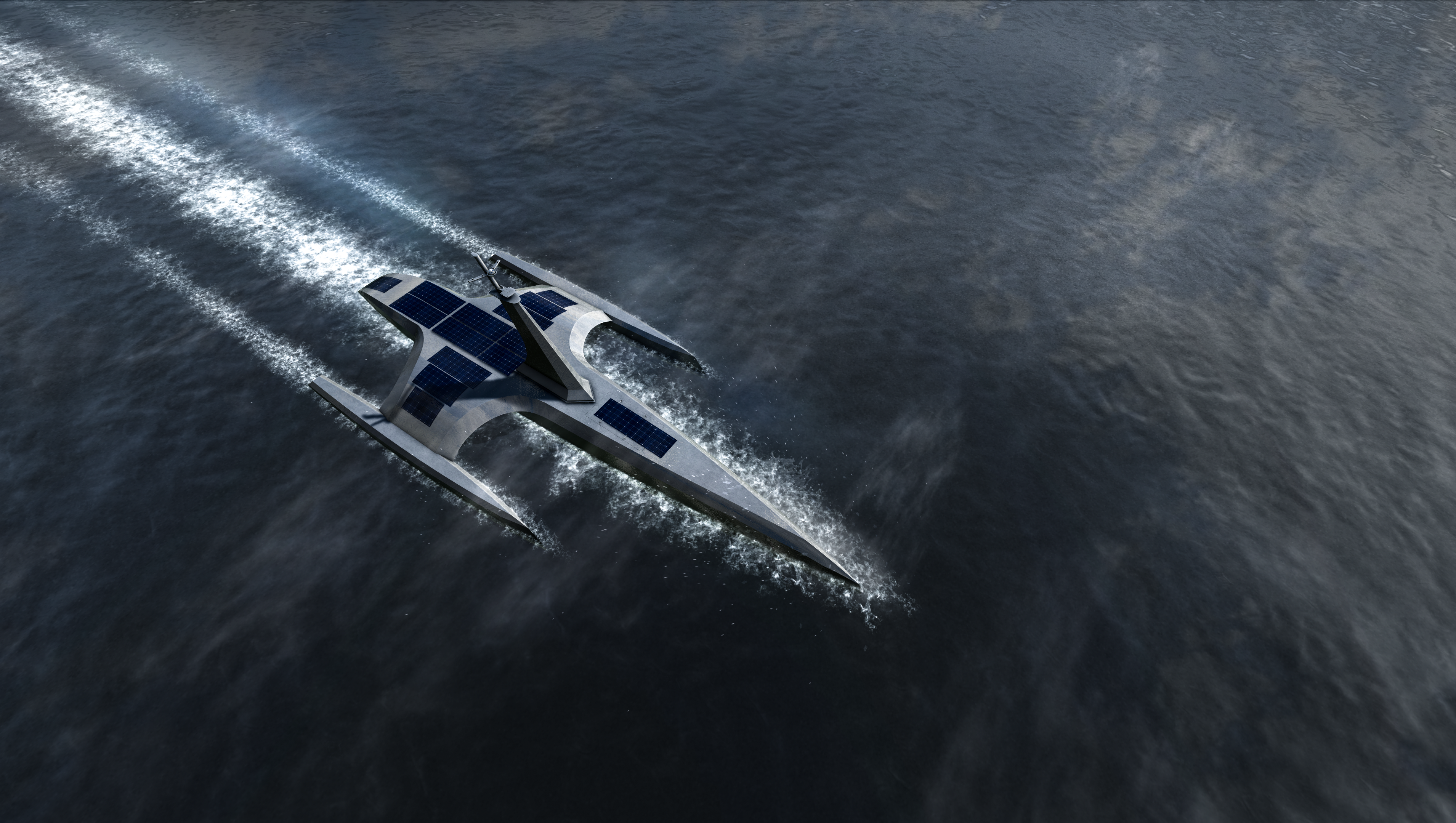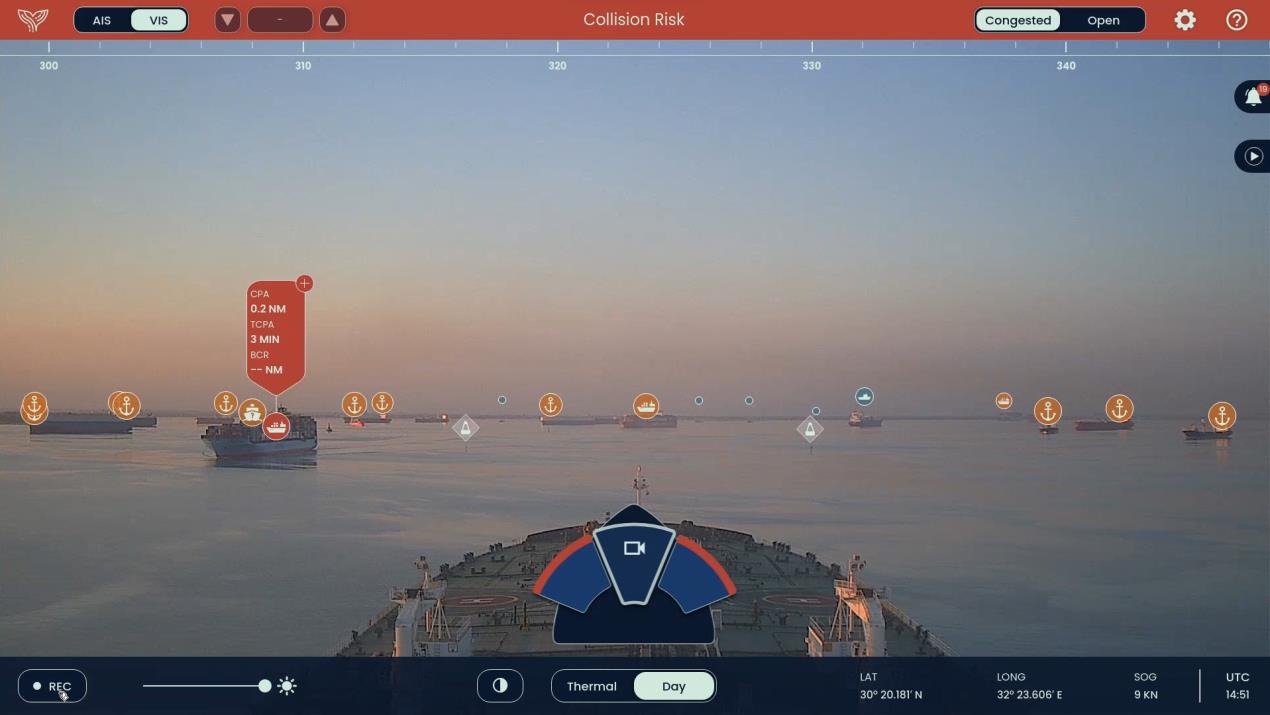The stories, reports and headlines emerging about autonomous shipping can be alarming. But the reality is that things will begin small. In a second part on an unmanned, autonomous vessel report Brian Dixon looks at the Mayflower project which plans to retrace famous tracks, albeit differently.
While COVID-19 has arguably proven a boon to some emerging technologies, such as blockchain-enabled document sharing, resultant social distancing restrictions have presented numerous practical problems when it comes to the physical testing of new vessels and systems.
A case in point concerns Mayflower Autonomous Ship (MAS), an unmanned surface vessel (USV) designed, among other things, to self-navigate the route of the Mayflower‘s 1620 Atlantic crossing from Plymouth, UK to Plymouth, Massachusetts later this year.
A fully autonomous trimaran powered by wind and solar energy, MAS is currently being developed by the ProMare marine research organisation in conjunction with various partners from industry and academia, including IBM, which, among other things, is responsible for building the vessel’s AI Captain control system. Combining artificial intelligence (AI) with edge computing, this particular system had been slated to have completed its first phase of sea trials aboard the Plymouth Quest research ship sometime last month.
However, as MAS director and Submergence Group president Brett Phaneuf reveals, the constraints of the present pandemic have limited the MAS team’s ability to carry out this particular phase of testing. “We have therefore focused the past few weeks on the build of the ship and perfecting the machine learning models for the AI Captain,” he reports, adding that the team hopes to float the USV in July and in so doing initiate the second phase of sea trials.
This, Phaneuf continues, will involve “testing the actual vessel in extensive maneuvers around Plymouth Sound”, a stretch of water that has already featured heavily in the AI Captain’s training. Indeed, for the past two years the MAS team has fed it more than a million nautical images gathered from the Sound as well as from various open-source databases. The aim of this has been to allow the system to independently detect and classify ships, buoys and other fixed and floating hazards through the use of an IBM Power System AC922 server.

At the same time, the AI Captain also employs an IBM Operational Decision Manager (ODM) rule management system that will enable it to follow the International Regulations for Preventing Collisions at Sea (COLREGs) and the International Convention for the Safety of Life at Sea (SOLAS) recommendations. Furthermore, a Safety Manager function running on Red Hat Enterprise Linux (RHEL) will review all of the AI Captain’s decisions to ensure that they are safe for both the MAS itself and any other vessels in proximity.

Arguably the biggest challenge facing the AI Captain, though, will be the need to recover from failure. “When a ship that is fully autonomous and unmanned is operating in disparate parts of the globe, it is expected that certain aspects of the ship will fail, mechanically, electronically and otherwise, due to the punishing conditions,” Phaneuf says. “A fully autonomous ship in the middle of the ocean must be able to recover without the benefit of human intervention.”
Building a vessel that is able to perform such self-assessments while simultaneously understanding “the changing limits for its mission based on its evolving condition”, however, is “very challenging” to say the least. This is particularly so given that MAS will have to operate in some of the harshest conditions on the planet and with only intermittent connectivity. “That’s where edge computing comes into play,” Phaneuf says.
“MAS would simply not be possible without edge technology,” he continues. “MAS is all about pushing the workload to the edge devices and analysing the data locally. We cannot be connected to smart processing centres over the internet. We need to be able to sense our environment, make smart decisions about the situation and then act on these insights. This is only possible as a fully autonomous smart edge system.”
“Ten years ago, building an autonomous ship capable of sailing across the Atlantic would simply not have been possible. Today, with the development of AI and edge computing technologies and the involvement of leaders in the field like Submergence, M Subs, IBM, Red Hat, ExactEarth, Thales and Wartsilla, we feel confident that we can pull this off,” he says.
But given the impact COVID-19 has so far had on testing, will MAS still set sail for Massachusetts this coming September as initially planned? Without recourse to a crystal ball, such a question remains impossible to answer. However, Phaneuf certainly doesn’t seem fazed. “That’s our goal,” he says. “We have been slowed down, just like everyone else, but we’re working hard to make the date.”


































